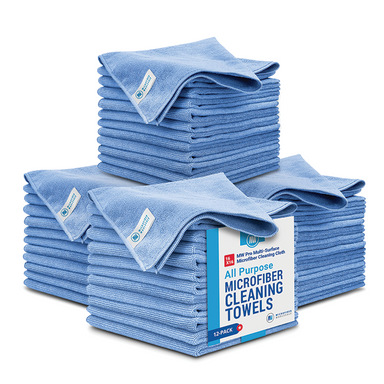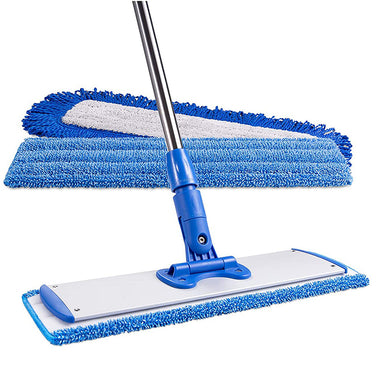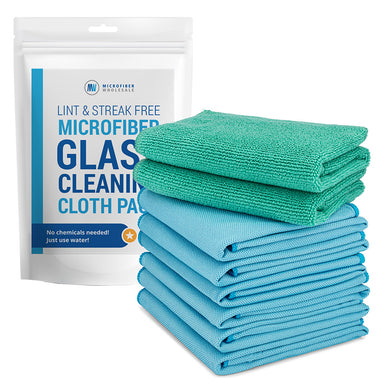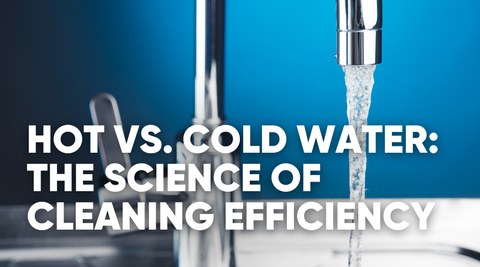Upgrade Beyond the Mop Bucket: Go Microfiber
One of the best ways to eliminate all the problems that come with a traditional mop bucket is to skip it altogether. Many professionals are upgrading to a microfiber flat mop system, and for good reason: it’s cleaner, faster, and far more efficient.
Here’s how it works: Instead of dragging dirty mop water from room to room, you start with several clean mop pads at the ready. Each pad cleans roughly 400 square feet on regularly maintained floors before it’s time to swap it out.
If the floors are especially dirty, swap more often. When a pad gets soiled, you simply remove it, set it aside for laundering, and slap on a fresh one.
We supply professional-grade mop frames and hardware along with bulk packs of high-quality microfiber mop pads so you’ll never run out. The microfiber is so effective it works with just water.
Spray your preferred diluted cleaning solution directly onto the floor, or dampen the pad with it, and you’re ready to go, no mop bucket required. It’s a simpler, more hygienic system that keeps your tools clean and your floors truly sanitized.

















